The body of the tiles is usually harvested from different soils in different conditions and from different mines. Ceramic tiles are free of harmful pollutants and provide a healthy environment for your family to prepare and enjoy meals.
What is ceramic tile?
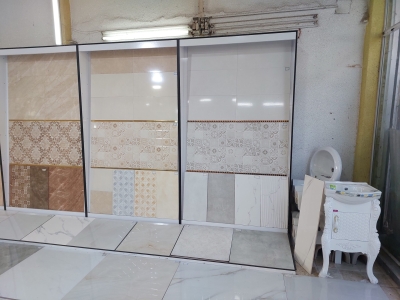
Ceramic tile refers to a type of tile made from clay or other inorganic materials that are fired at high temperatures. It is a popular choice for flooring, walls, and other surfaces in both residential and commercial settings. Ceramic tiles are known for their durability, versatility, and aesthetic appeal. The manufacturing process involves shaping the clay into desired tile forms and then firing them in a kiln at temperatures ranging from 1,000 to 2,500 degrees Fahrenheit (537 to 1,371 degrees Celsius). This process causes the clay to harden, resulting in a strong and durable ceramic tile.
Ceramic tiles come in various sizes, shapes, colors, and patterns, offering a wide range of design options for different applications. They can be glazed or unglazed. Glazed ceramic tiles have a protective layer of liquid glass applied to the surface, which gives them a glossy appearance and makes them more resistant to stains and moisture. Unglazed ceramic tiles, on the other hand, have a natural, matte finish and are often used in areas where slip resistance is important, such as bathrooms and kitchens.
What is ceramic tile?, Read More ...
What are the uses of ceramic tiles?
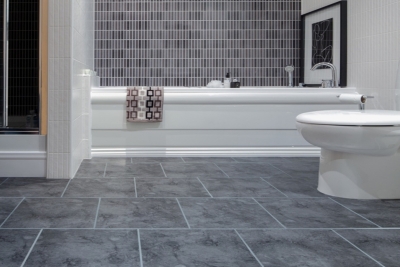
Ceramic tiles are extensively used as flooring materials in residential and commercial buildings. They are suitable for high-traffic areas, such as entryways, kitchens, bathrooms, and hallways, due to their durability and resistance to wear and moisture. Ceramic tiles are commonly used to cover walls in various areas, including bathrooms, kitchens, and backsplashes. They provide a decorative and easy-to-clean surface that can withstand moisture and stains. Ceramic tiles can be used as a material for kitchen and bathroom countertops. They offer a durable and heat-resistant surface that is easy to clean and maintain.
Ceramic tiles are often used in showers and around bathtubs. Their water resistance makes them an ideal choice for these wet areas, and they can be installed in a variety of patterns and designs to create a visually appealing space. Ceramic tiles designed for outdoor use, such as porcelain tiles, are used in patios, balconies, and pool areas. These tiles are specifically manufactured to withstand exposure to the elements, including sunlight, moisture, and temperature changes. Ceramic tiles are frequently utilized for decorative purposes, such as creating accent walls, mosaic designs, or artistic installations. They come in a wide range of colors, patterns, and textures, allowing for creative and customized designs.
What are the uses of ceramic tiles?, Read More ...
History of ceramic tiles
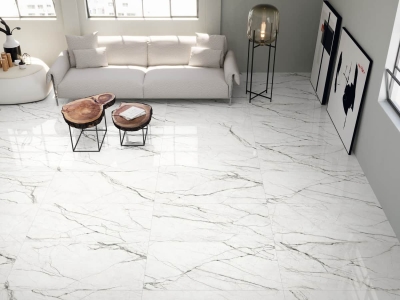
One of the earliest known uses of ceramic tiles can be traced back to ancient Mesopotamia (modern-day Iraq) around 4,000 BCE. These early tiles were made from clay and were used to decorate walls and floors. Ceramic tiles were also prominent in ancient Egypt, where they were used for both practical and decorative purposes. Tiles adorned with colorful designs and hieroglyphics have been found in ancient Egyptian tombs and palaces. The Greeks and Romans further developed the art of ceramic tiles. In ancient Greece, tiles were predominantly used for mosaics and murals, featuring intricate patterns and scenes. The Romans utilized tiles extensively in their bathhouses, villas, and public buildings.
The Industrial Revolution in the 18th and 19th centuries brought significant advancements in tile production. Mechanization and technological innovations allowed for mass production of ceramic tiles, making them more accessible to a wider population. In the 20th century, ceramic tile production continued to evolve with the introduction of new materials, glazes, and manufacturing techniques. This led to a broader range of tile designs, sizes, and finishes. Today, ceramic tiles are manufactured using modern machinery, and digital printing technology enables the creation of intricate and realistic patterns.
History of ceramic tiles, Read More ...
The best price of ceramic tiles

The quality of the materials used and the manufacturing process employed can impact the price and quality of ceramic tiles. Higher-quality tiles are typically made from finer clay or other premium materials, resulting in a more durable and aesthetically pleasing product. Tiles manufactured using advanced techniques and technologies may also command a higher price due to improved precision and consistency. Thicker tiles are generally considered to be of higher quality as they tend to be more durable and resistant to cracking or breaking. Thinner tiles may be more affordable but can be prone to damage under heavy use or stress. The strength of the tile is an essential factor to consider when assessing quality.
Higher-quality ceramic tiles are typically more durable and long-lasting, with better resistance to wear, moisture, and stains. They may also have additional properties such as slip resistance or thermal efficiency. These performance attributes can affect the price of the tiles. Established brands with a reputation for producing high-quality ceramic tiles often command higher prices. These brands have invested in research, development, and quality control measures to ensure their products meet certain standards. However, it's important to note that lesser-known or newer brands can also offer quality tiles at a more competitive price.
The best price of ceramic tiles, Read More ...
Production of ceramic tiles
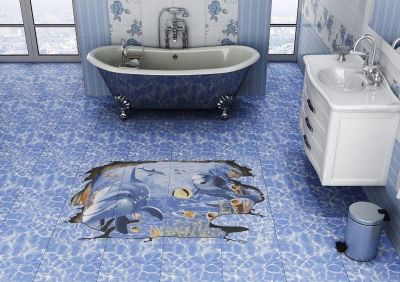
The primary raw materials used in ceramic tile production are clay, feldspar, quartz, and various minerals. These materials are mined and processed to remove impurities and achieve the desired composition. The raw materials are then mixed in precise proportions to form a homogeneous blend. The blended raw materials are next subjected to a forming process. In Dry Pressing, the ceramic powder mixture is pressed into a mold under high pressure to form the desired tile shape. This process is suitable for producing tiles with a consistent thickness and precise dimensions. In extrusion, the clay mixture is forced through a die to form a continuous column of clay with the desired cross-sectional shape. The column is then cut into individual tile units of the required size.
The fired tiles may undergo cutting to achieve precise dimensions or specific shapes. Edge treatment, such as chamfering or beveling, can also be performed to give the tiles a finished appearance and facilitate installation. The final step in the production process is packaging. The tiles are carefully stacked, usually separated by protective layers, and packaged in boxes or pallets for storage and transportation. The body of the tiles is usually harvested from different soils in different conditions and from different mines. These tiles and ceramics are made from different raw materials based on their application and role, which include: plastic raw materials, fillers, and melting aids.
Production of ceramic tiles, Read More ...
Advantages of ceramic tiles
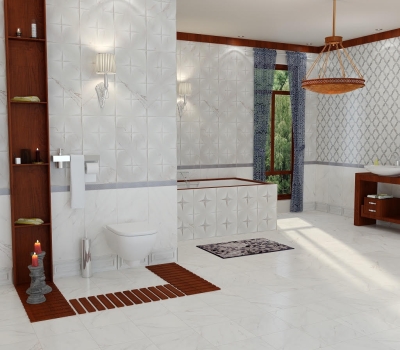
Ceramic tiles are known for their durability and longevity. They can withstand heavy foot traffic, resist scratches, and are highly resistant to wear and tear. When properly maintained, ceramic tiles can last for many years, making them a cost-effective flooring option. Ceramic tiles are highly resistant to water, making them suitable for areas prone to moisture, such as bathrooms, kitchens, and laundry rooms. They do not absorb water, which helps prevent mold, mildew, and water damage. Ceramic tiles are relatively easy to clean and maintain. Regular sweeping or vacuuming and occasional mopping with mild detergent are usually sufficient to keep them clean. Additionally, glazed ceramic tiles have a protective layer that makes them resistant to stains, making maintenance even easier.
Ceramic tiles are made from natural materials, primarily clay, which is an abundant resource. They are non-toxic and do not emit volatile organic compounds (VOCs) or other harmful substances, contributing to better indoor air quality. Additionally, ceramic tiles can be recycled or reused at the end of their life cycle. Ceramic tiles can help maintain a comfortable indoor temperature. They have good thermal conductivity, which allows them to absorb and retain heat. This property makes them compatible with underfloor heating systems, increasing energy efficiency. Ceramic tiles are hypoallergenic, as they do not trap or release allergens. This makes them a suitable choice for individuals with allergies or asthma, as they minimize the presence of dust, pollen, and other allergens in the living environment.
Advantages of ceramic tiles, Read More ...









